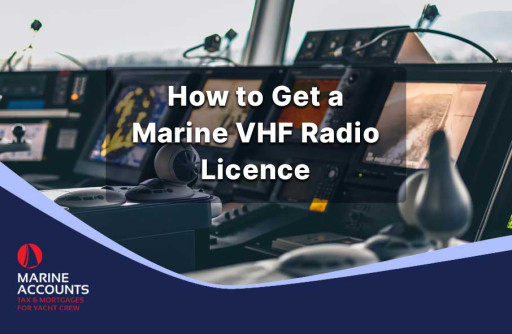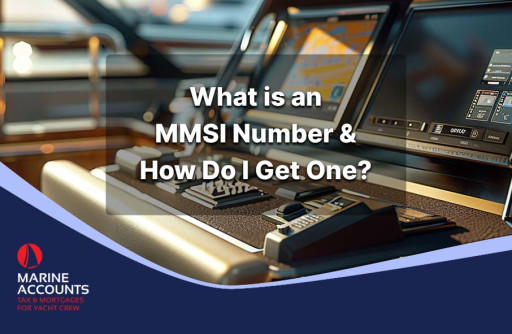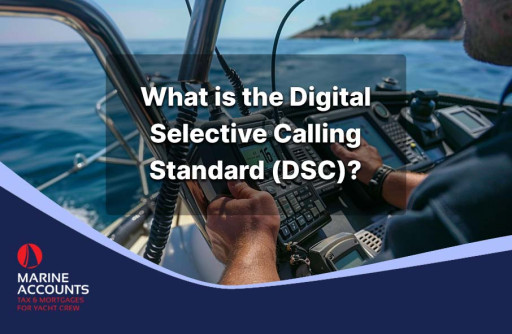What is the Global Maritime Distress and Safety System (GMDSS)?
- Authors
-
-

- Name
- Patrick Maflin
-
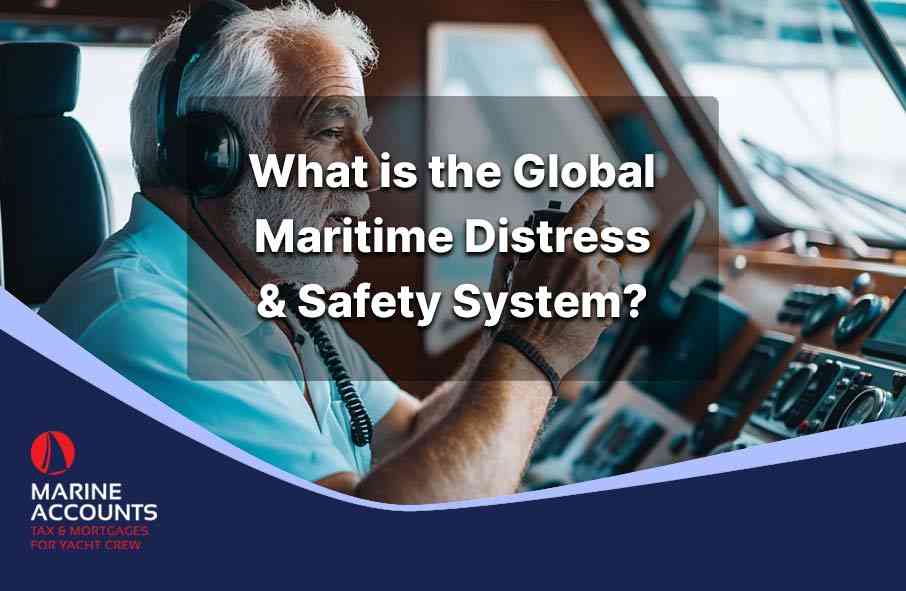
Safety at sea is of great importance, and consequently efficient communication systems are an absolute necessity.
The Global Maritime Distress and Safety System (GMDSS) is one such example, which is mandated for ships by the International Maritime Organisation Safety of Life at Sea Convention (SOLAS).
Chapters
- What is the GMDSS?
- History and Background
- Components of GMDSS
- Power Supply Requirements
- GMDSS Sea Area Equipment Rules
- UK and Europe Operator Licences
- USA Operator Licences
- Which Vessels are Affected by GMDSS Rules?
- Personnel Requirements Regarding Communications Aboard GMDSS Vessels?
- GMDSS Radio Equipment Maintenance Requirements
- Do Yacht Crew Need to Be Trained to Use Radio Equipment?
- Conclusion
What is the GMDSS?
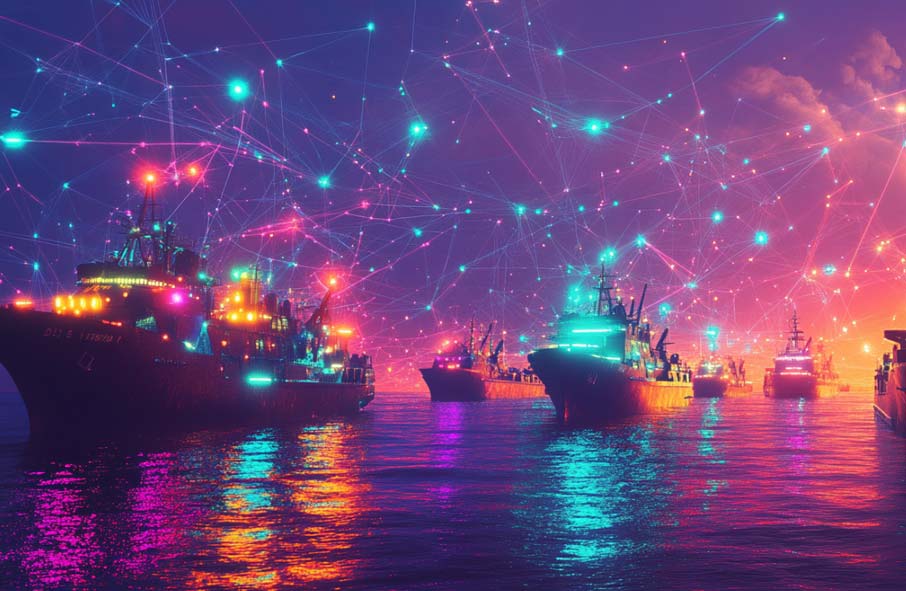
The GMDSS is a distress and radio communication safety system which has been in use for many years.
It utilises satellites and terrestrial radio systems that have digital selective calling technology.
The system is automated for ship-to-shore and ship-to-ship communications, allowing for improved safety at sea since any hazards for navigators can be communicated.
Distress calls can be made and other life saving information can be issued promptly and efficiently by this system.
It is also important to point out that the GMDSS is internationally recognised.
History and Background

Since the radio was invented back in the 19th century, it paved the way for the importance of safety and distress telecommunications.
Previously there was the Morse code, but since the RMS Titanic sank in 1912, the need for a common radio frequency was felt even more.
Thousands of lives could be saved, and at that time the International Telecommunication Union, which is now the United Nations agency, mandated that ships in all nations make use of Morse code radiotelegraph equipment to be able to make distress calls.
The US Congress enacted this as a law too.
The main drawback was that it was a must to have skilled radio operators listening to radio distress calls for hours at a stretch.
Moreover, the daytime range on MF was limited leading to a limited amount of traffic Morse signals to be carried.
Over time large radiotelephony stations and satellite services became more prevalent for these kinds of communications.
The International Maritime Organisation (IMO) made it a point to look for ways to improve maritime distress and safety communications during the 1980s.
Eventually a group of experts drafted what was referred to as the ICMSaR.
This called for the development of a search and rescue plan and also passed a resolution which called for a global distress and safety system.
This is when the GMDSS emerged.
Components of GMDSS

The main equipment used in the GMDSS system include the following:
Emergency Position-Indicating Radio Beacon (EPIRB)
The EPIRB was designed to operate with the Cospas-sarsat system.
The latter is an internationally used satellite-based system for search and rescue operations.
The automatically activated EPIRBs are required on all SOLAS ships, passenger ships and commercial fishing vessels.
They transmit to alert rescue coordination centres by means of any satellite system wherever it may be in the world.
Originally polar orbiting satellites were used, but recently the system was expanded further to include 4 geostationary satellites along with 50 medium orbiting navigation satellites.
Thanks to this technology, the GPS receivers are capable of transmitting the distress position very precisely, within just 20 metres.
NAVTEX
NAVTEX is an international system used to instantly distribute maritime safety information automatically.
The MSI comprises weather forecasts, navigational warnings, weather warning and search and rescue notices.
Incoming messages get checked by a smart printing radio receiver which is installed on the bridge or from the place where the ship is navigated.
Every incoming message is checked, with each message being coded with a header code that uniquely identifies the broadcasting station, type of message and a serial number.
Satellite
Inmarsat and Iridium Communications are the two certified GMDSS satellite service providers.
They enable ship-to-shore telephone and vice versa, along with ship-to-ship telephone, telex and high-speed data services.
SOLAS requires that Inmarsat C equipment has an integral satellite navigation receiver, or that it is connected to a satellite navigation receiver.
This kind of connection will guarantee that an accurate location is sent to the rescue coordination centre when a distress alert is transmitted.
High Frequency
High-frequency radiotelephone and radiotelex equipment can also be included in a GMDSS system.
Broadcasts of maritime safety information can thus be made.
HF provision is important since the Inmarsat coverage doesn’t extend to polar regions.
Search and Rescue Radar Transponder (SART)
There will be either one or two search and rescue locating devices, known as SARTs in GMDSS installation.
This stands for Search and Rescue Radar Transponders.
They are used to locate distressed vessels and survival craft by creating a series of dots on a radar display.
The detection range is of around 8 nautical miles.
Digital Selective Calling (DSC)
Digital selective calling was also introduced on MF, HF and VHF maritime radios.
The DSC is intended to commence ship-to-ship, shore-to-ship and ship-to-shore calls.
Such calls can also be made to individual stations, or groups of stations or even all stations available on one’s radio range.
The ship will have a unique 9-digit Maritime Mobile service identity.
When a DSC distress alert is sent the message will be pre-formatted.
Hence this has removed the need to have guard radio receivers continually on the alert.
Power Supply Requirements
The power supply requirement for GMDSS equipment is an important consideration.
Indeed, such equipment needs to be powered from three sources of supply, namely, the ship’s normal alternators or generators, the ship’s emergency alternator or generator and a dedicated radio battery supply.
The batteries should have the capacity to power the equipment for one hour in the case of ships which have an emergency generator, or for 6 hours in the case there isn't one.
It is important that the batteries are charged by means of an automatic charger, which is to be powered from the main and emergency generators.
The changeover from AC to battery needs to be automatic.
It is also important to point out that the batteries need to be able to reach a fully charged status from a 100% discharge in a maximum of ten hours in order to pass certification.
GMDSS Sea Area Equipment Rules
The GMDSS Sea areas have two main purposes:
- They describe the areas where the GMDSS services are available.
- They define the type of radio equipment the ships must carry.
The following are the different GMDSS sea areas:
Sea Area A1
This is an area which is within the radiotelephone coverage of at least one VHF coast station.
As a result there are continuous digital selective calling alerting and radio telephony services available.
Such an area could extend to around 40 miles from the coast station.
Sea Area A2
This is an area within a coverage of at least one coast station continuous listening on MF, other than Sea Area 1.
Sea Area A3
This type of area excludes sea areas A1 and A2. It is within the coverage of an RMSS, that is, a Recognised Mobile Satellite System.
Such an area lies between latitude 76 degrees North and South, while excluding A1 and/or A2 designated areas.
Sea Area A4
Any area which is located outside the former three sea areas is referred to as Sea Area 4.
This is essentially polar regions for those ships that are fitted with Inmarst as their RMSS.
UK and Europe Operator Licences
In the UK and Europe there are four GMDSS certificates of competence, namely:
- Short Range Certificate (SRC)
- Long Range Certificate (LRC)
- Restricted Operator Certificate (ROC)
- General Operator Certificate (GOC)
Each of the above certificates is issued upon successful completion of a course as well as an exam.
These certificates are recognised internationally.
The type of certificate one will need depends on the type of vessel and its intended operating area.
For vessels operating only in Sea area A1 the SRC and the ROC certificates are required.
In the case of vessels that venture further into the other three sea areas, the LRC or GOC will be needed.
USA Operator Licences
Various classes of licences can be issued.
The General Operator’s certificate is needed on all SOLAS vessels that operate outside the GMDSS Sea Area 1.
On the other hand a Restricted Operator’s certificate would be required on SOLAS vessels that are operated solely within this area.
There is also the Long Range Certificate which may be issued for non-SOLAS vessels that operate outside sea area A1, and the Short Range Certificate for those non-SOLAS vessels which operate inside the sea area A1.
In the US four GMDSS certificates exist:
- The GMDSS Radio Maintainer’s License which allows one to maintain, install and repair GMDSS equipment.
- The GMDSS Radio Operator’s License which allows the individual to use the GMDSS equipment.
- Whoever holds both of the above certificates can then be issued one GMDSS Radio Operator/Maintainer License.
- There is also the GMDSS Restricted License which is available for VHF operations within 20 nautical miles from the coast.
One will need to be a US citizen, or eligible to work in the US.
It is also important that the individual can communicate well in English and take written exams which are approved by the Federal Communications Commission.
Which Vessels are Affected by GMDSS Rules?
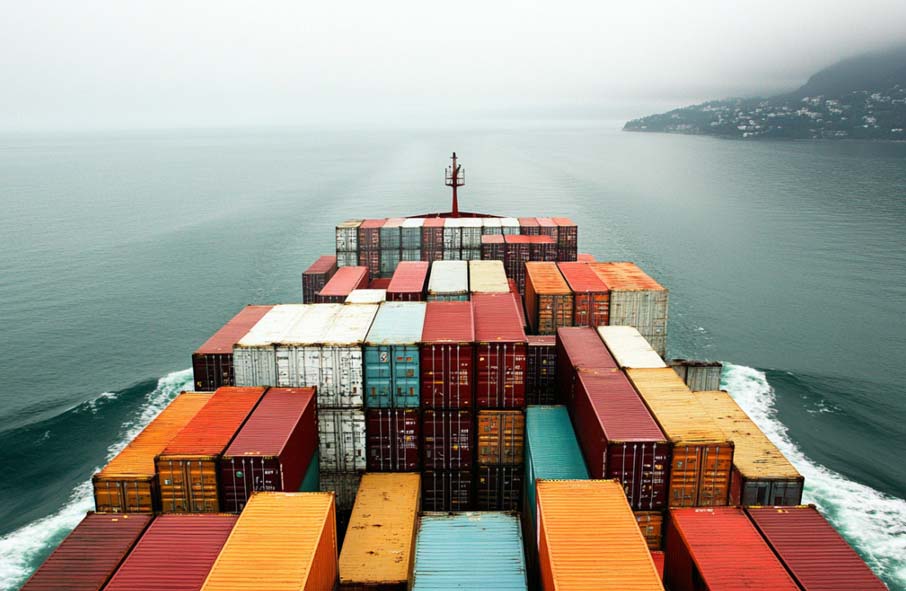
GMDSS rules apply to practically all ships, that is:
- All cargo ships that are of 300 gross tons and above, which travel on international voyages or in the open sea.
- All passenger ships if they carry over twelve passengers when travelling on international voyages or in the open sea.
Personnel Requirements Regarding Communications Aboard GMDSS Vessels?
The FCC requires that there are two licensed radio operators on board GMDSS certified ships.
One of these operators should be available to act as a dedicated radio operator during distress.
All operators need to be the holders of a GMDSS Radio operator’s license.
Another IMO Convention stipulated that all masters and mates should hold GMDSS Radio Operator’s license, as well as attend a two week course to demonstrate that they are sufficiently competent in the operation of GMDSS equipment.
GMDSS Radio Equipment Maintenance Requirements
FCC regulations state that there are three methods to ensure that the radio equipment is functionally capable of providing proper communications.
These are the shore based maintenance, the at sea maintenance, and duplication of equipment.
In the case of at sea maintenance, there needs to be a licensed GMDSS radio maintainer on board.
Land maintenance can be performed by any person who holds a GMDSS Radio Maintainer's license, a Radiotelegraph Operator License, a General Radiotelephone Operator License, as well as by First and Second Class Radiotelegraph Operator’s certificates.
There should be two licensed GMDSS radio operators on a GMDSS vessel.
One of these can be the current radio officer, whereas the second one can be any other qualified crew member who is certified with an FCC license.
Do Yacht Crew Need to Be Trained to Use Radio Equipment?
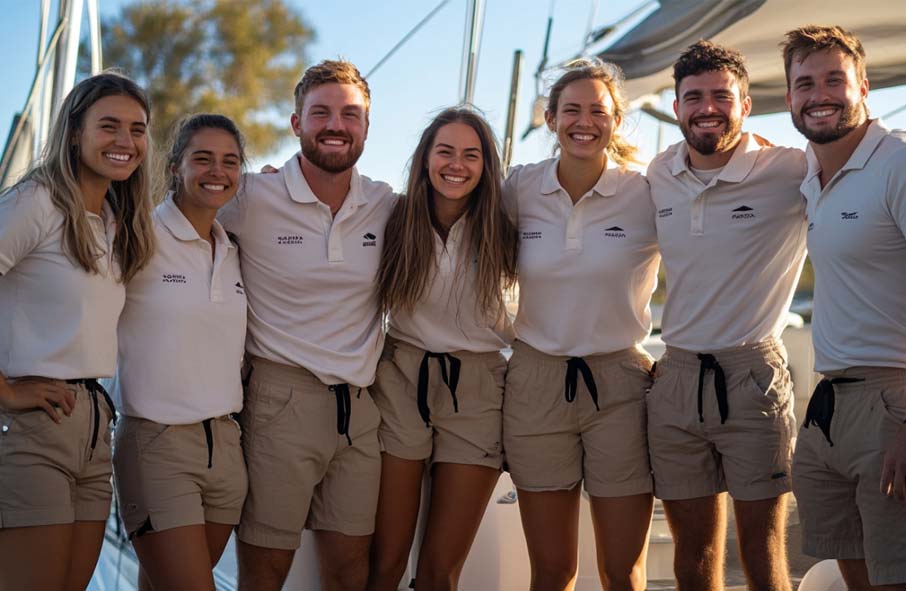
If you're pursuing a career at sea, in particular employment aboard a superyacht, acquiring a diverse set of skills is essential for ensuring safety and smooth operations onboard.
That being said, it’s rare for deckhands, bosuns, chief stewards, stewards, or chefs to be directly involved in the vessel’s navigation or operational tasks.
The responsibility of using the yacht’s Marine VHF radio is generally limited to the Captain and the 1st and 2nd officers stationed on the bridge, allowing the rest of the crew to focus on their regular responsibilities.
In exceptional situations, other crew members may be required to operate the yacht’s primary VHF radio, but these instances are extremely uncommon.
Conclusion
Being conversant with the above aspects relating to the GMDSS system is of utmost importance if you are a seafarer.
This is because the GMDSS is an integral part of maritime safety.
Disclaimer: Any advice in this publication is not intended or written by Marine Accounts to be used by a client or entity for the purpose of (i) avoiding penalties that may be imposed on any taxpayer or (ii) promoting, marketing or recommending to another party matters herein.



